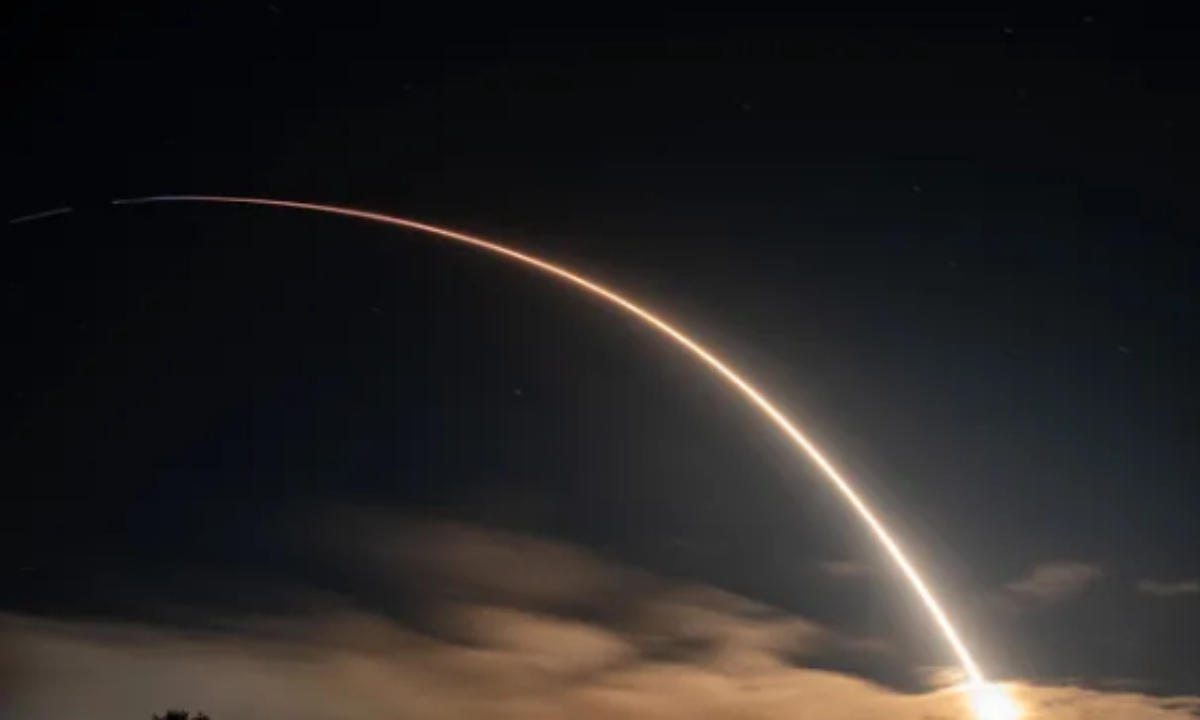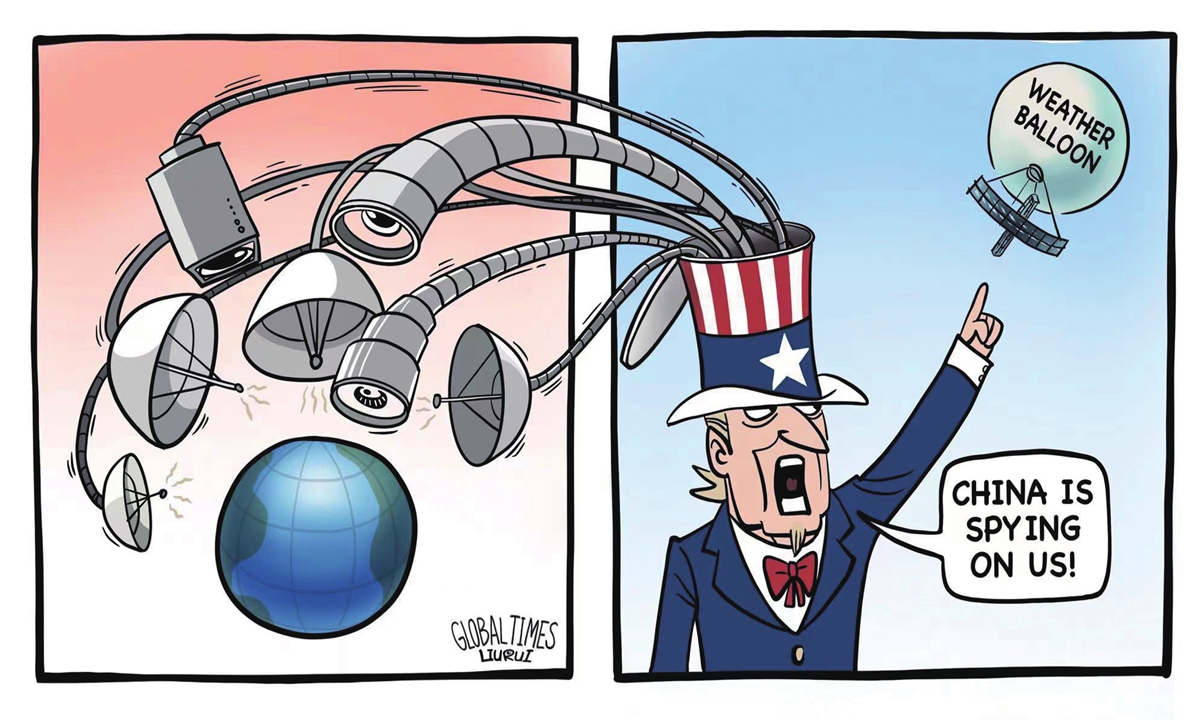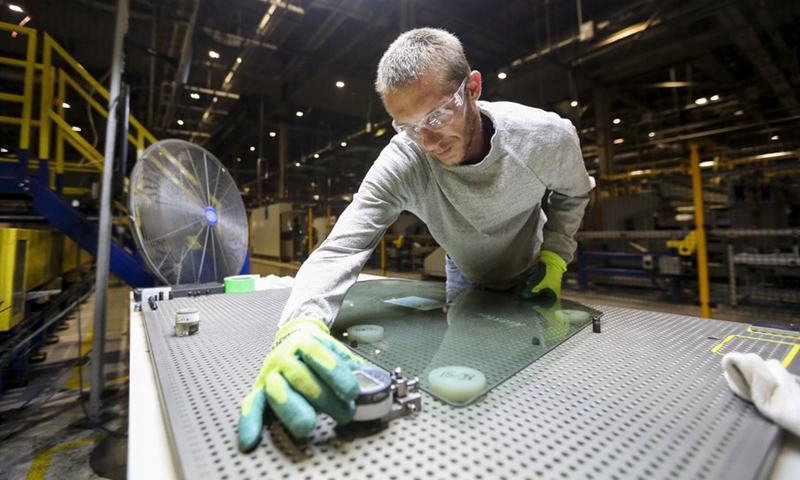
A SpaceX Falcon 9 rocket launches 20 Starlink internet satellites to orbit from California's Vandenberg Space Force Base on Nov. 24, 2024. Photo: SpaceX
The Sun's intensifying activity is affecting Earth's satellites, particularly those in SpaceX's Starlink constellation. As the Sun approaches the peak of its 11-year cycle, a surge in geomagnetic storms are causing more Starlink satellites to deorbit and fall from the sky, a recent study by a NASA research center revealed, according to media reports on Sunday.
An expert warned on Monday that while Starlink satellites typically burn up during atmospheric re-entry, their deorbiting phase still poses significant risks, as their unpredictable trajectories can create collision hazards for other spacecraft in the Low Earth Orbit (LEO).
SpaceX began launching Starlink satellites in 2019, and the first atmospheric reentries began in 2020. Initially, there were just two falling from the sky in 2020. In 2021, 78 satellites fell; 99 in 2022, and 88 in 2023. But in 2024, the figure surged dramatically, with 316 Starlink satellites fell out of the sky, according to a report by a team led by space physicist Denny Oliveira of the NASA Goddard Space Flight Center, Science Alert reported.
The researchers analyzed 523 Starlink satellites that reentered Earth's atmosphere between 2020 and 2024, a period when the Sun escalated toward the peak of its activity cycle. And they found a clear correlation with solar behavior.
"We clearly show that the intense solar activity of the current solar cycle has already had significant impacts on Starlink reentries," the researchers wrote. "This is a very exciting time in satellite orbital drag research, as the number of satellites in low-Earth orbit and the level of solar activity are at historic highs."
The Science Alert report suggested that solar cycle is an 11-year cycle of fluctuations in the Sun's activity and it is currently at the peak of a cycle.
The rise in solar activity has resulted in the rise in solar ejections, buffeting the upper atmosphere and heating it up significantly. This added energy causes the atmosphere to expand, increasing drag on spacecraft in low Earth orbit and making it harder for them to maintain their trajectories.
"This phenomenon is normal and is caused by atmospheric anomalies due to heightened solar activity. When solar activity intensifies, the upper boundary rises, increasing collisions between low-orbit satellites and atmospheric molecules, which accelerates orbital decay. The satellites gradually lose speed and eventually deorbit," Wang Ya'nan, chief editor of Beijing-based Aerospace Knowledge magazine, told the Global Times on Monday.
Some high-value satellites have autonomous orbit adjustment capabilities that allow them to mitigate the impact of solar activities. However, Starlink satellites are inherently designed as low-cost, high-density, and mass-produced satellites with frequent launches, and they generally have weaker orbit control. In such conditions, operational lifespan is significantly reduced, Wang said.
As for the impact on Earth and other nearby spacecraft, Wang noted that the Starlink satellites tend to burn up quickly in the atmosphere, and are unlikely to become long-term space debris or to hit the Earth's surface. However, the greatest risk arises during the deorbiting phase.
"Once a satellite leaves its orbit, its descent path becomes unpredictable and may pose unexpected obstacles for spacecraft. Hundreds or thousands of such unpredictable objects could significantly affect other low-orbit space launches," Wang said, emphasizing the need for careful monitoring of satellite trajectories prior to any launch.



